Plantar Fasciitis
- The plantar fascia is a thick band of tissue that runs on the bottom of the foot from the heel to the base of the toes. This connective tissue helps support the arch of the foot. Micro-tearing of the plantar fascia can lead to pain and inflammation associated with plantar fasciitis.
- Plantar fasciitis is the most common cause of heel pain. Pain is often worse in the morning or after a period of rest.
- Pain will typically resolve even without treatment in 6 months- 1 year, but we have treatment options to speed up the recovery.
Treatment Options
Non-Invasive (6 months to 1 year)
- Relative rest (possibly boot immobilization depending on symptoms) and activity modification
- Heel cups and over-the-counter cushioned arch supports
- Aggressive stretching and a home exercise program
- Formal physical therapy
- Night splints
- Anti-inflammatories (NSAIDs) both oral and topical
Minimally Invasive
In certain cases, a one-time injection of cortisone or PRP (platelet-rich plasma) may be a treatment option.Shockwave Therapy
This is high-intensity ultrasound applied to your plantar fascia over a 3-week period that stimulates a healing response and breaks up scar tissue. Unfortunately, this is typically not covered under insurance and can cost $300-$500.Tenex
Tenex is a minimally invasive surgery involving ultrasonic needles that oscillate at a high frequency and removes scar tissue but leave normal tissue intact.Open Procedures
Lastly, open surgical treatment involves a partial release of the plantar fascia with the removal of associated heel bone spurs. This is rare and only done as a last resort.
Recovery
After surgery or a Tenex procedure, you are immobilized in a boot for 2 weeks and then transitioned into supportive shoes. You can typically return to most normal activities in 6 weeks.
Plantar Fasciitis Exercises
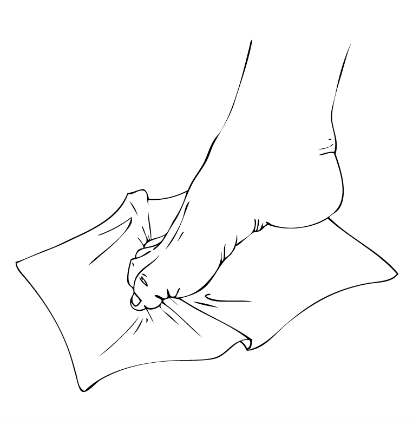
Toe Curls With Towel
1. Place a small towel on the floor. Using involved foot, curl towel toward you, using only your toes. Relax.
2. Repeat 10 times, 1-2 times per day.
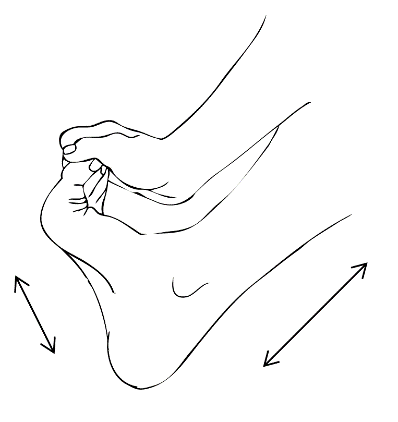
Toe Extension
1. Sit with involved leg crossed over uninvolved leg. Grasp toes with one hand and bend the toes and ankle upwards as far as possible to stretch the arch and calf muscle. With the other hand, perform deep massage along the arch of your foot.
2. Hold 10 seconds. Repeat for 2-3 minutes. Repeat 2-4 sessions per day.
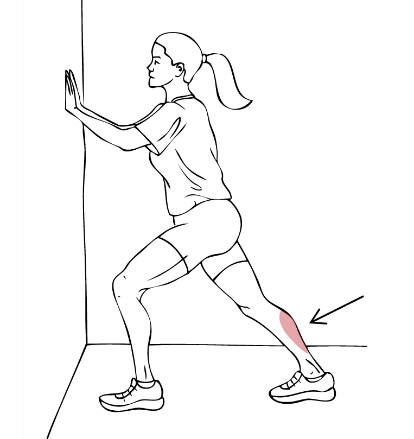
Standing Calf Stretch
1. Stand placing hands on wall for support. Place your feet pointing straight ahead, with the involved foot in back of the other. The back leg should have a straight knee and front leg a bent knee. Shift forward, keeping back leg heel on the ground, so that you feel a stretch in the calf muscle of the back leg.
2. Hold 45 seconds, 2-3 times. Repeat 4-6 times per day.
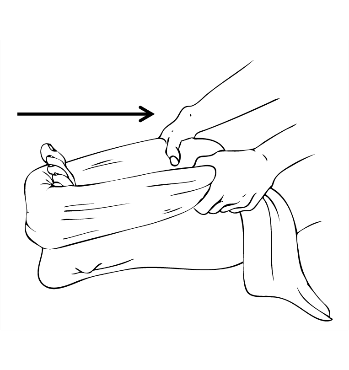
Towel Stretch
The towel stretch is effective at reducing morning pain if done before getting out of bed.
1. Sit with involved leg straight out in front of you. Place a towel around your foot and gently pull toward you, feeling a stretch in your calf muscle.
2. Hold 45 seconds, 2-3 times. Repeat 4-6 times per day.
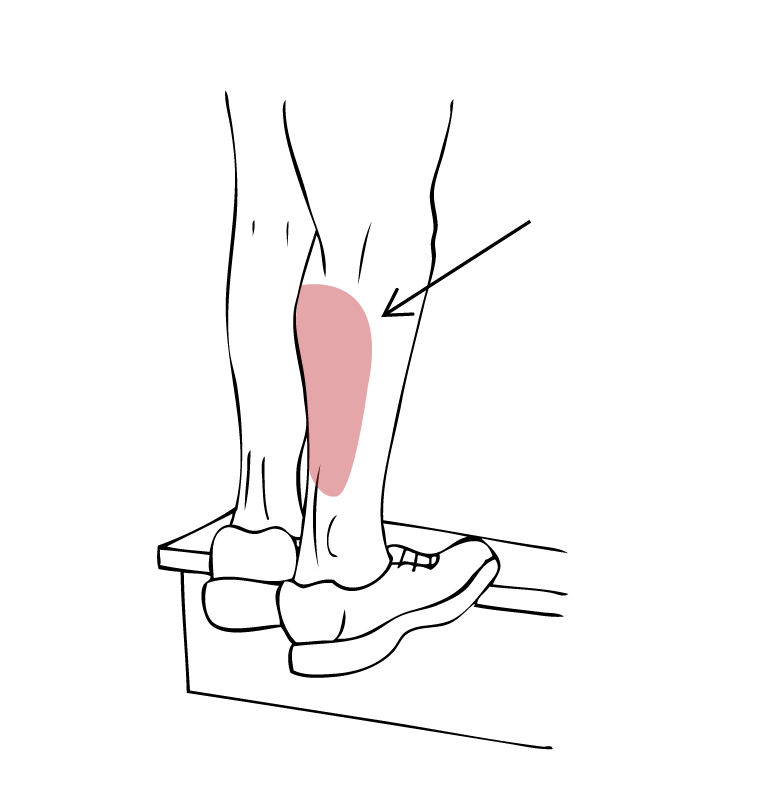
Calf Stretch on a Step
1. Stand with uninvolved foot flat on a step. Place involved ball of foot on the edge of the step. Gently let heel lower on involved leg to feel a stretch in your calf.
2. Hold 45 seconds, 2-3 times. Repeat 4-6 times per day.
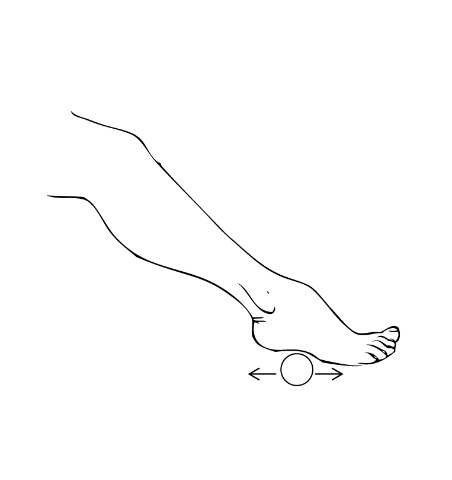
Ice Massage Arch Roll
1. With involved foot resting on a frozen can or water bottle, golf ball, or tennis ball, roll your foot back and forth over the object.
2. Repeat for 3-5 minutes, 2 times per day.

